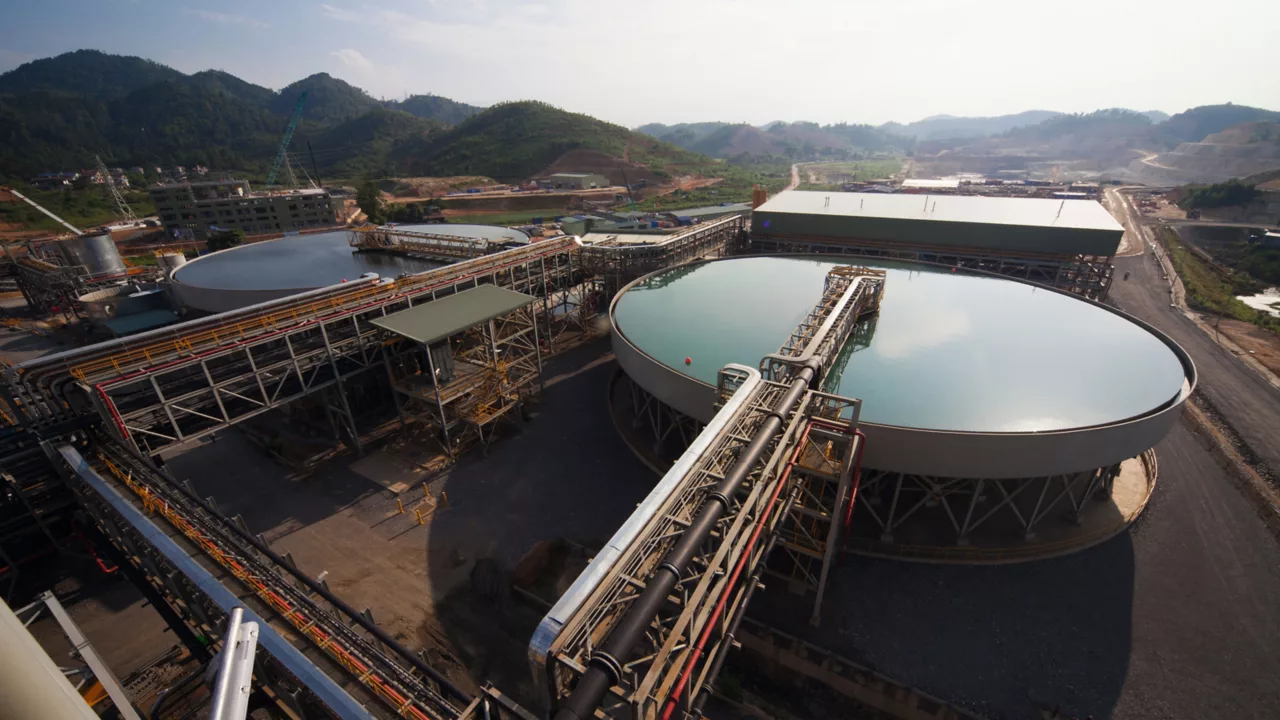Sign up for daily news updates from CleanTechnica on email. Or follow us on Google News!
A recent post by Canary Media shows us that EVs are (once again) proving to be cleaner than comparable ICE vehicles. Plus, while ICE vehicles are stuck burning the same fuel for the rest of their serviceable lives, EVs continue to get cleaner as electric grids improve.
A new study from @BloombergNEF found that electric vehicles are cleaner from a carbon-emissions standpoint than internal combustion vehicles — and they’re only getting cleaner.
Learn more about the #ChartOfTheWeek: https://t.co/6vNVySJAHX pic.twitter.com/rbwhfG94Gj
— Canary Media (@CanaryMediaInc) March 17, 2024
The graph (based on Bloomberg data) compares BEV and ICE emissions over a lifetime for several different countries: China, Germany, Japan, the UK, and the United States. The results differ for various reasons, with the US ICE emissions a lot higher than everyone else, likely because of vehicle size and speeds frequently traveled. There’s really nowhere else on the planet where someone would drive an F-350 85 MPH and not be breaking any laws (unless Germans are buying F-350s, and I’m not aware of that).
Another interesting thing is that Chinese BEVs have the highest lifetime footprint. While it’s true that Chinese industry is ahead of everybody on the production of battery cells and therefore affordable EVs, the idea that China is ahead on clean technology overall is just plain wrong. The use of coal power plants is still growing in China, and many environmental protections the rest of the vehicle’s manufacturing and mining would be subject to elsewhere is weak to non-existent. So, the country’s EVs are both dirtier to run and dirtier to build.
But, there’s still some silver lining to that cloud. For one, despite having the dirtiest EVs, they’re still cleaner than the cleanest ICE vehicles in the study (the UK). So, EVs win, even when they’re powered by the worst electricity production! It’s also true that the sheer number of cars in China and the sheer number of EVs put on the road makes a big global impact, even if the impact could be more. Or, as Stalin supposedly said, “Quantity has a quality all its own.”
It’s also important to note that the dirtiest EVs (China, Japan, and the US) will only get cleaner, despite already being cleaner than their local ICE competition. As these three countries (and the others) build more solar power plants, install more wind, add more energy storage, and do other things to remove coal and then gas from the mix, the EVs in all of these countries will get cleaner while the ICE vehicles will only improve a little (assuming they do at all).
The ICE vehicles will improve some, because there’s still some engine research and development happening. Things like better electronic controls, variable compression, HCCI, cleaner fuels, and hybrids will continue to make for some improvements. But, the problem of thermal efficiency (most of the energy is lost as waste heat) doesn’t go away. So, there’s simply not enough room for improvement compared to the improvement that’s already happening on the power grids.
The improvement in power grids not only improves the operating cleanliness of EVs, but it also improves the environmental costs of manufacturing (factories use a lot of electricity) and even mining. So, all aspects of the manufacturing process will improve on this graph, with the notable exception of ICE running efficiency.
At this point, there really is no defending the lie that ICE vehicles are cleaner than BEVs. The data simply doesn’t support that conclusion.
Featured image by Jennifer Sensiba.
Have a tip for CleanTechnica? Want to advertise? Want to suggest a guest for our CleanTech Talk podcast? Contact us here.
Latest CleanTechnica TV Video
CleanTechnica uses affiliate links. See our policy here.





